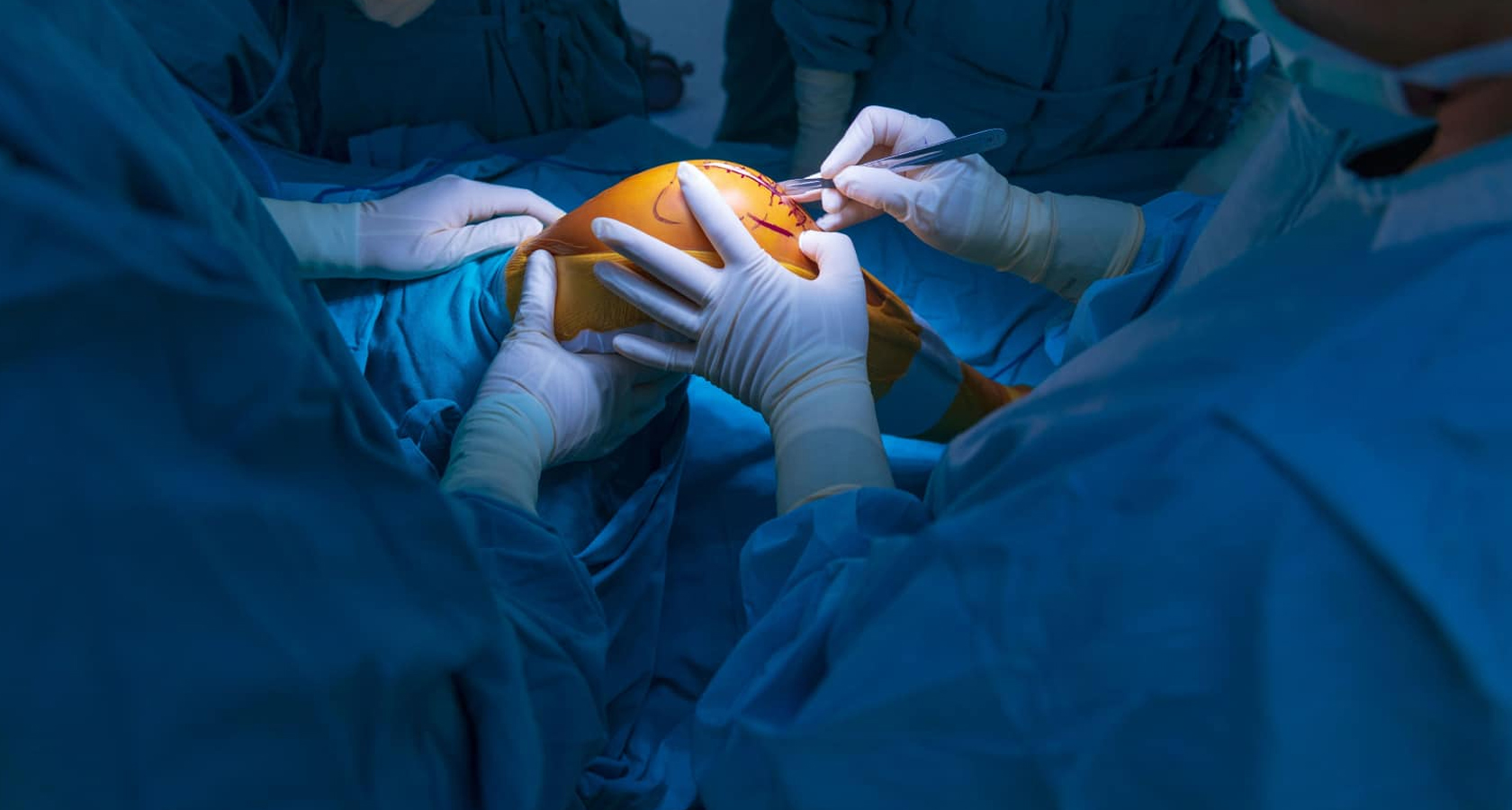About Knee Replacement Treatment
"Knee replacement surgery, also known as knee arthroplasty, is a highly effective treatment for severe knee pain and dysfunction, often caused by conditions like osteoarthritis, rheumatoid arthritis, or traumatic injury. When cartilage in the knee wears away, bones rub together, leading to pain, stiffness, and reduced mobility. As an orthopedic surgeon, I offer knee replacement to restore joint function, alleviate discomfort, and help you return to an active lifestyle.
The Procedure
Knee replacement involves replacing damaged portions of the knee joint with artificial components made of metal and medical-grade plastic. Here’s how it works:
1. Preparation: The surgery is performed under general or spinal anesthesia, ensuring your comfort throughout the procedure.
2. Incision and Exposure: A precise incision is made over the knee to access the joint. I use advanced techniques to minimize tissue disruption.
3. Reshaping the Bones: Damaged cartilage and a small amount of bone are removed from the femur (thigh bone), tibia (shin bone), and sometimes the patella (kneecap).
4. Implant Placement: Custom-fitted prosthetic components are secured to the prepared
bone surfaces, typically with surgical cement or press-fit techniques that allow bone to grow
into the implant over time.
The femoral component replaces the end of the thigh
bone.
The tibial component replaces the top of the shin bone,
often with a
plastic spacer
for
smooth
movement.
The patellar component (if needed) resurfaces the
underside of the kneecap.
5. Testing and Closure: The knee is tested for alignment and range of motion before the incision is closed with sutures or staples.
The procedure typically takes 1-2 hours, depending on whether it’s a total knee replacement (replacing the entire joint) or a partial knee replacement (targeting only the damaged compartment).
Recovery Timeline
Recovery from knee replacement is a gradual process, and I work closely with you and a physical
therapy team to ensure optimal healing:
Day 1 – Hospital Stay: Most patients begin
standing or walking with assistance (e.g., a
walker or crutches) within 24 hours. Hospital stays typically last 1-3 days.
Weeks 1-2: Focus is on reducing swelling, managing pain with
medication, and starting gentle physical therapy to regain motion. You’ll likely use a walker or
crutches.
Weeks 3-6: Transition to a cane or no support as strength
improves. Therapy intensifies to build muscle and flexibility. Many patients resume light
activities like driving (if cleared).
Months 3-6: Most return to normal daily activities, such as
walking or climbing stairs, with continued improvement in strength and stamina. Low-impact
exercises (e.g., swimming, cycling) are encouraged.
6-12 Months: Full recovery is typically achieved, with the
ability to enjoy an active lifestyle. High-impact activities (e.g., running) may be limited to
protect the implant.
Long-Term Outlook
Modern knee replacements can last 15-20 years or more with proper care. My approach emphasizes precision during surgery and personalized rehabilitation to maximize your results. If knee pain is holding you back, let’s discuss whether knee replacement is right for you and create a plan to get you moving again."
